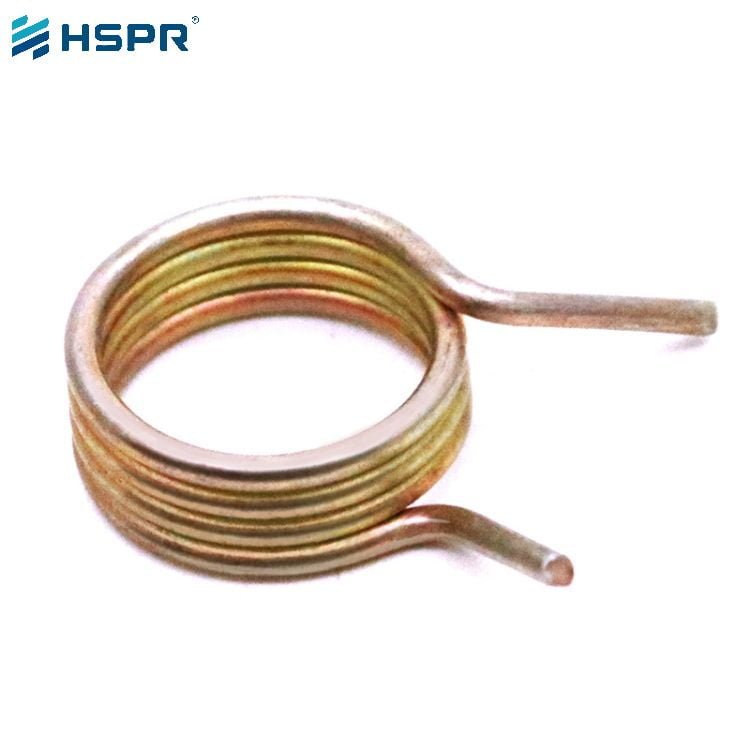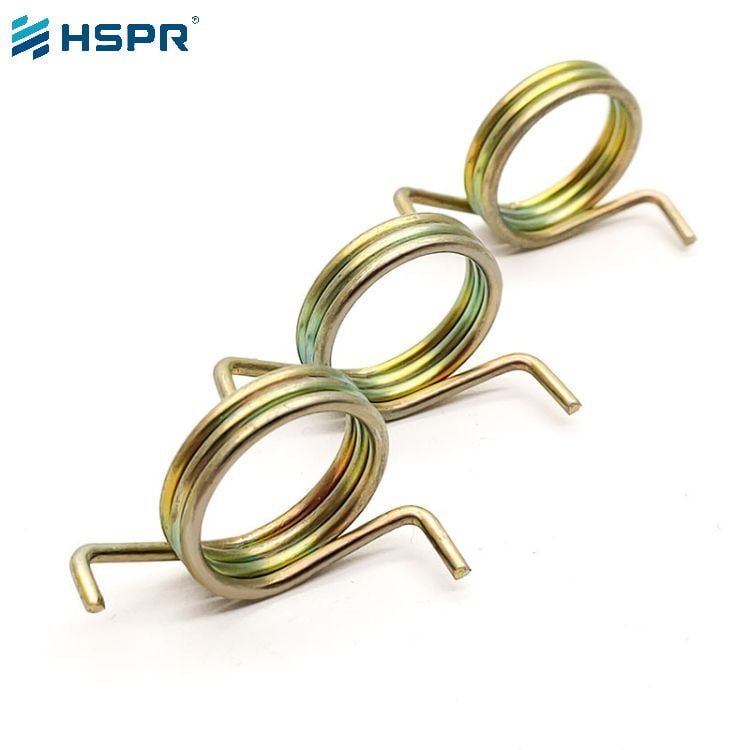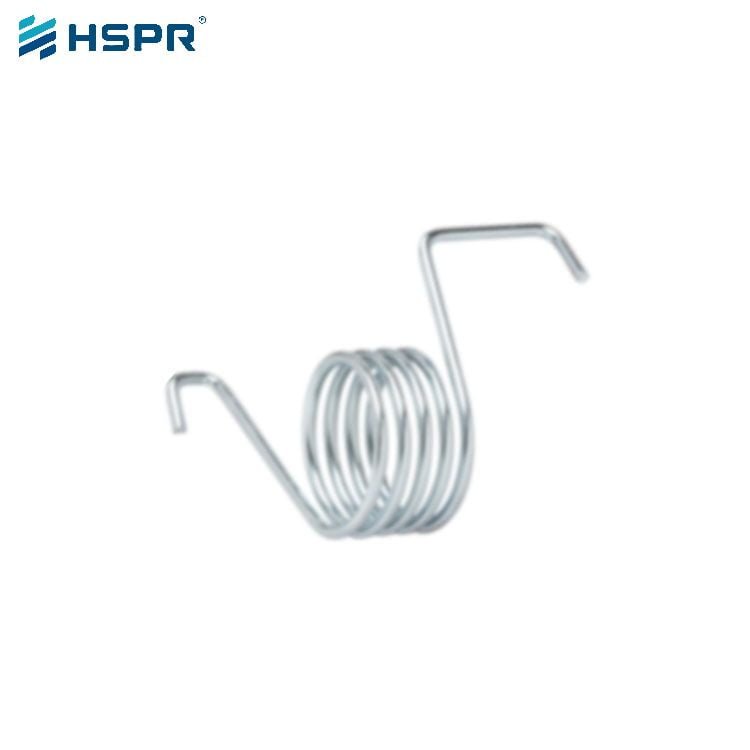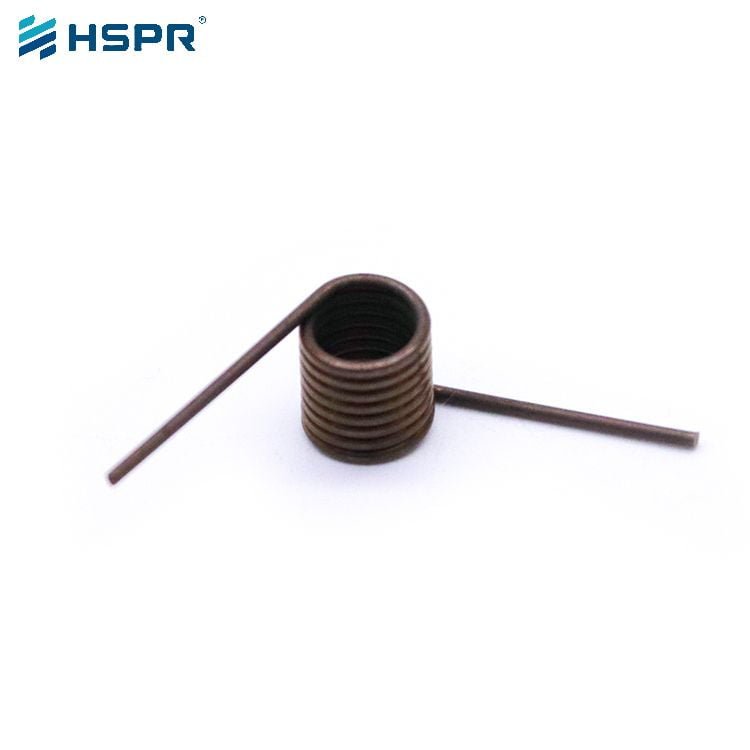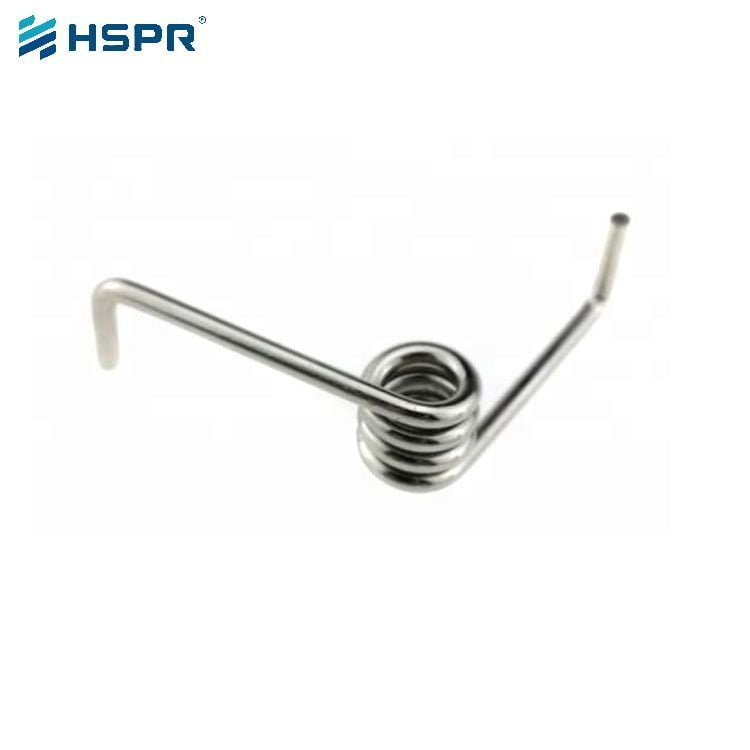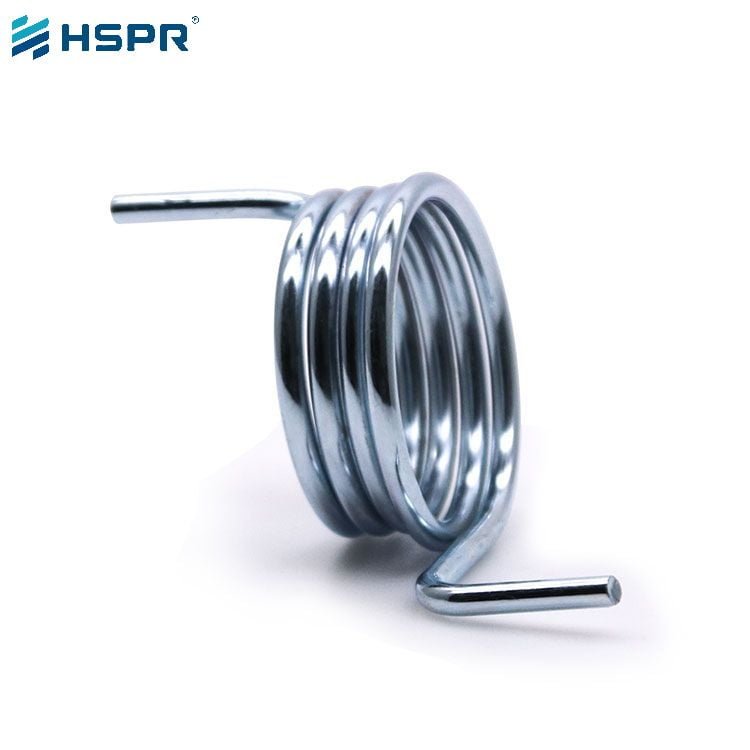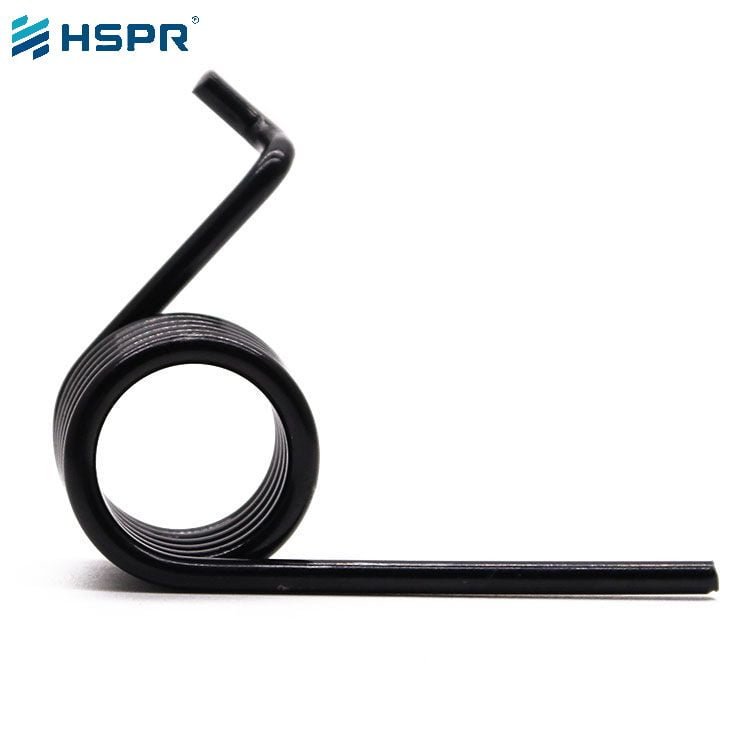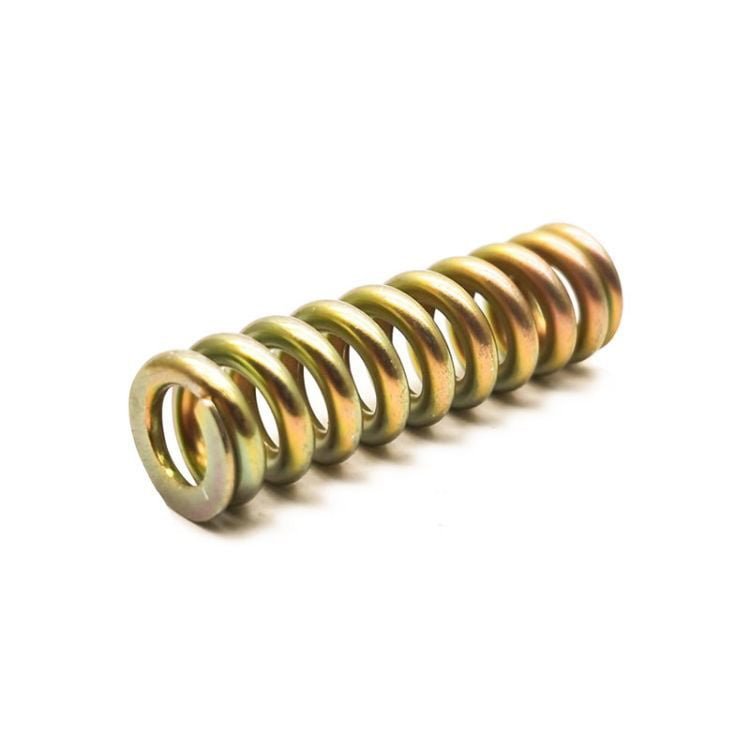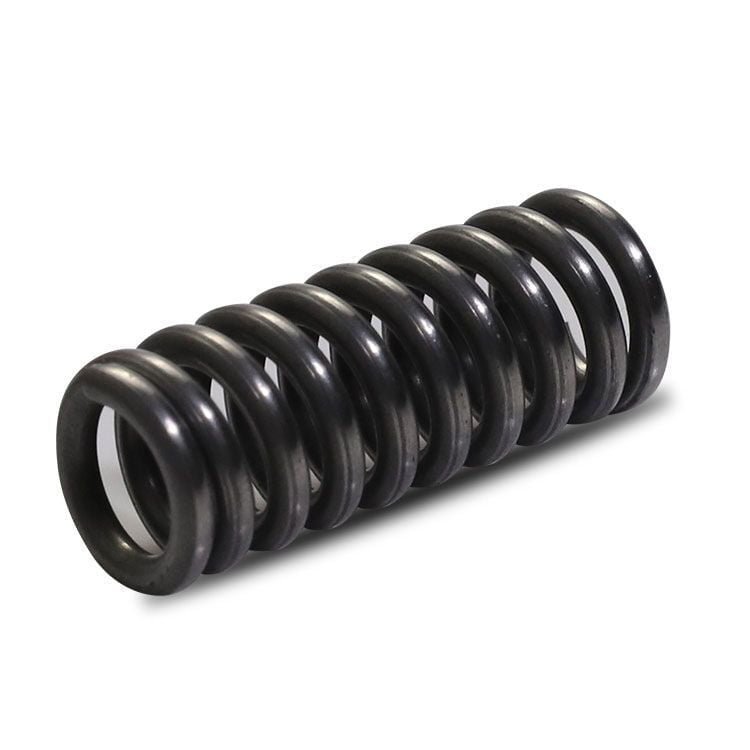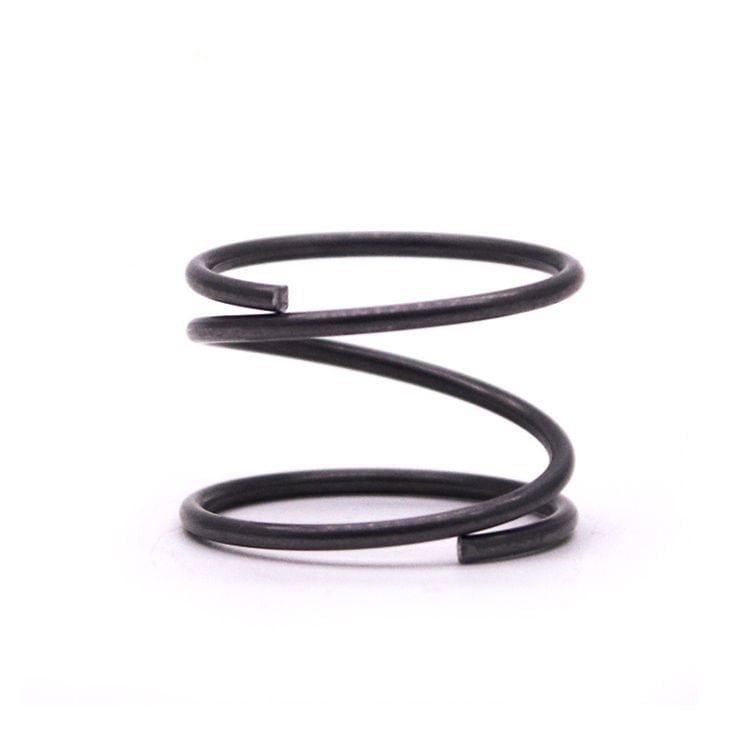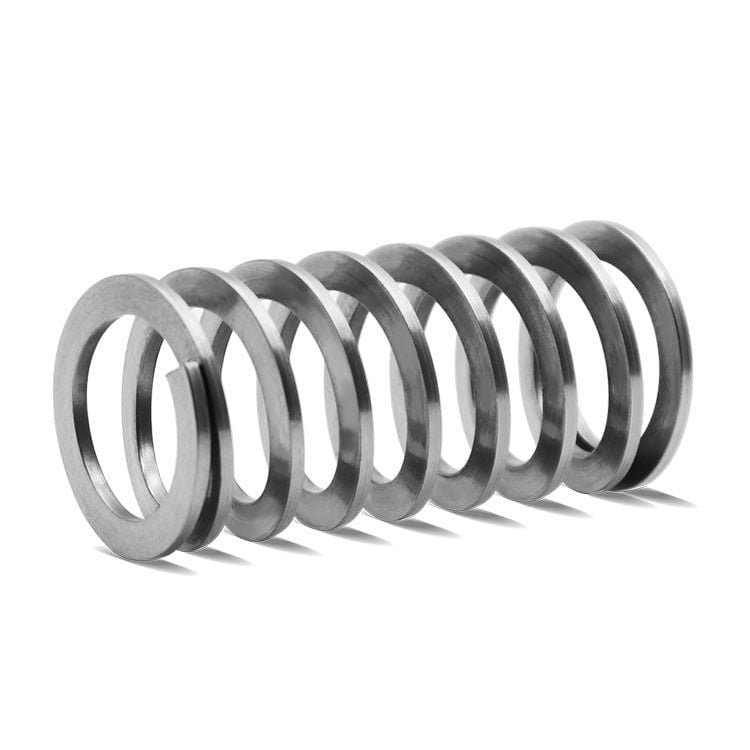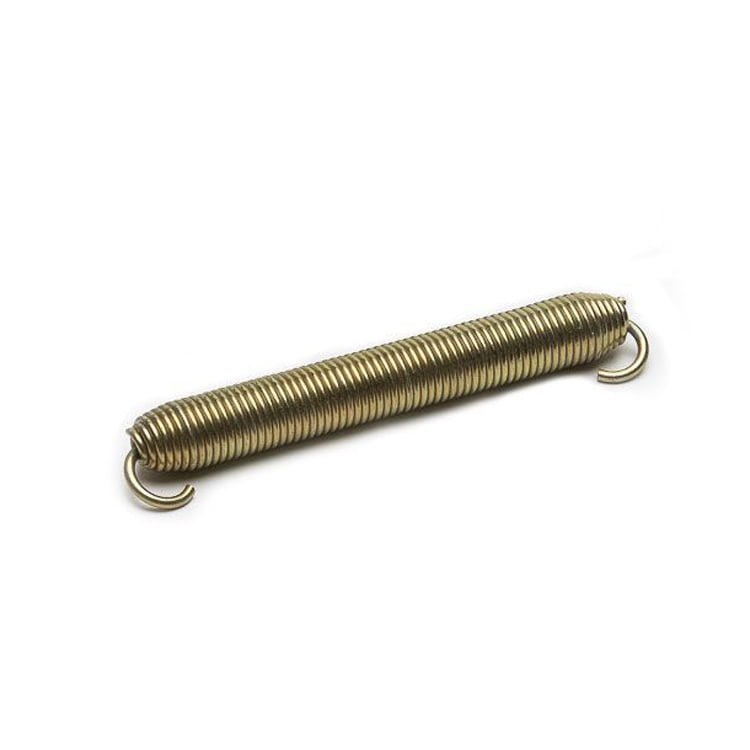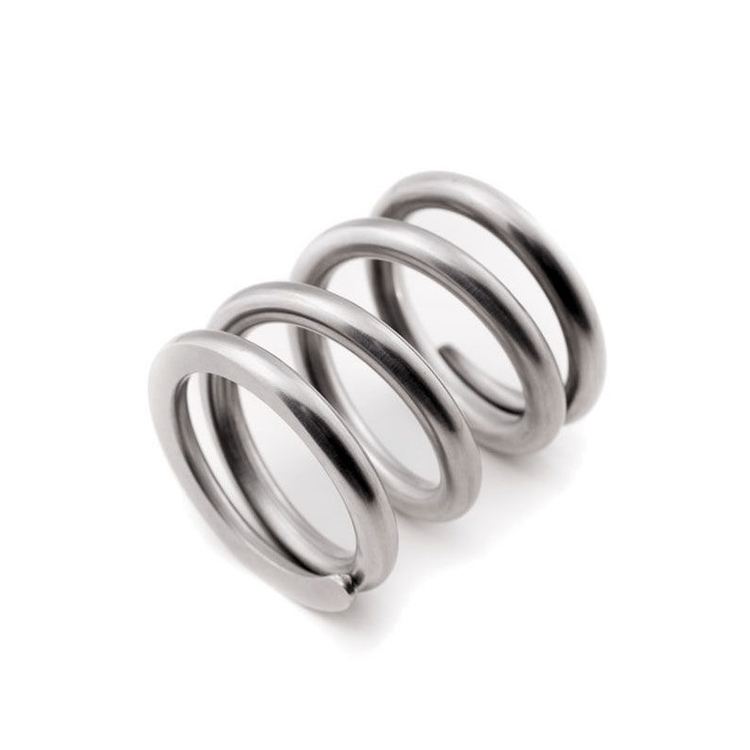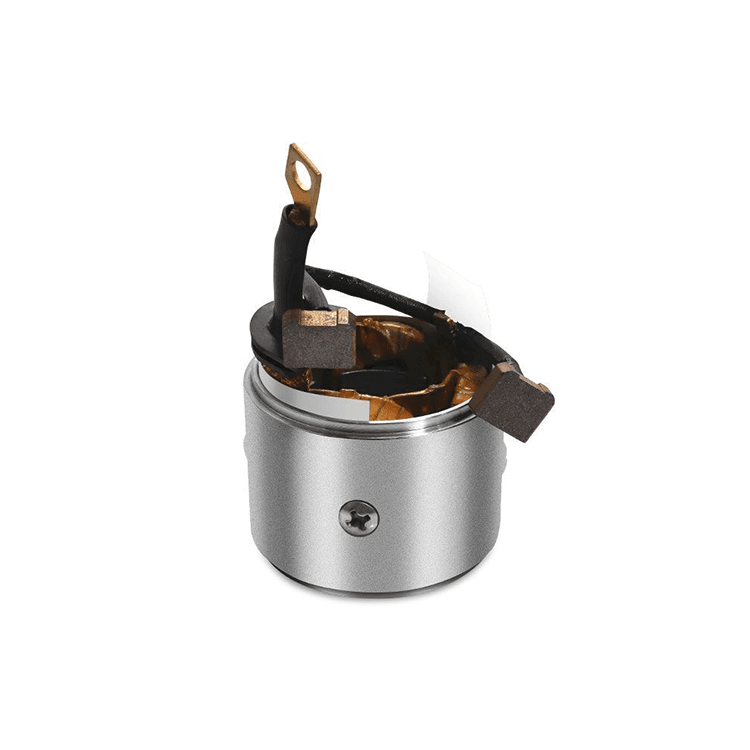Linear torsion spring
A linear torsion spring is characterized by an approximately linear relationship between its torque and torsion Angle, which means that the applied torque is proportional to the torsion Angle generated by the spring.
Linear torsion springs are used in many fields, such as in some mechanical systems that require precise control of the torque and Angle relationship, such as the adjustment devices of precision instruments, some suspension parts of automobiles, etc.

Compared to nonlinear torsion springs, the performance of linear torsion springs is easier to predict and control, but their design and manufacturing requirements are usually higher to ensure the accuracy of linearity.
Linear torsion springs store and release rotational energy through torque, ironically, it is the bending stress, not the torsional stress, that affects the torsion spring.
When you do not know how to choose a spring, you can refer to:
- If you need a spring return, then you should consider using a compression spring
- If you need the pull action of stretching and retracting, then look at the stretch spring
- If your component rotates, your application works best in rotation. With a spiral torsion spring, you mount the spring to the mandrel. When the spring is fully deflected, the mandrel size is hard equal to or slightly less than 90% of the inner diameter of the spring. Avoid using a mandrel that is too small, as this can cause bending during deflection.
Advantages of linear torsion spring:
- The deformation characteristics of the linear torsional spring make it work as one that is reliable, easy to control and predict.
- Strong resilience, can be restored to the original state after the disappearance of external forces.
- The structure is simple and the manufacturing cost is relatively low.
The selection of a suitable linear torsion spring needs to consider the following factors:
Elastic performance
Materials with high elastic limit and yield strength should be preferred to ensure that the spring can provide a stable linear response during the torsion process.
Fatigue life
Consider the fatigue resistance of the material under repeated torsional loading. Stainless steel usually has good fatigue resistance and is suitable for linear torsion springs with frequent actions.
Hardness and toughness
The material needs to have appropriate hardness to withstand torque, and at the same time, it should also have sufficient toughness to avoid brittle fracture.
Corrosion resistance
If the spring will work in a humid and corrosive environment, corrosion-resistant materials should be selected, such as stainless steel or spring steel with anti-corrosion treatment on the surface.
Cost
Select materials based on the cost budget of the application. Some high-performance alloy materials may have superior performance, but they have a high cost; while ordinary spring steel may be a more economical choice in some non-critical applications.
Processing performance
Some materials may be easier to process and form, which helps to reduce manufacturing difficulty and cost.
Temperature environment
If the spring will work in a high-temperature or low-temperature environment, it is necessary to select materials that can maintain stable performance within the corresponding temperature range.
Applications using linear torsion springs, whether it’s heavy-duty torsion springs or small torsion springs, you will find these components in various applications, which include:
- Automotive industry: Gear shift levers, clutches, automotive valves and vehicle suspension systems.
- Agricultural industry: Tractors, sprayers, plows and fertilization equipment.
- Medical equipment: Fixtures, hospital beds and wheelchair lifts.
- Instrumentation: In measuring instruments such as dynamometers and torque meters, it is used for measuring and transmitting torque.
- Electronic products: Electronic devices such as mobile phones and cameras that require precise control and reset functions.
